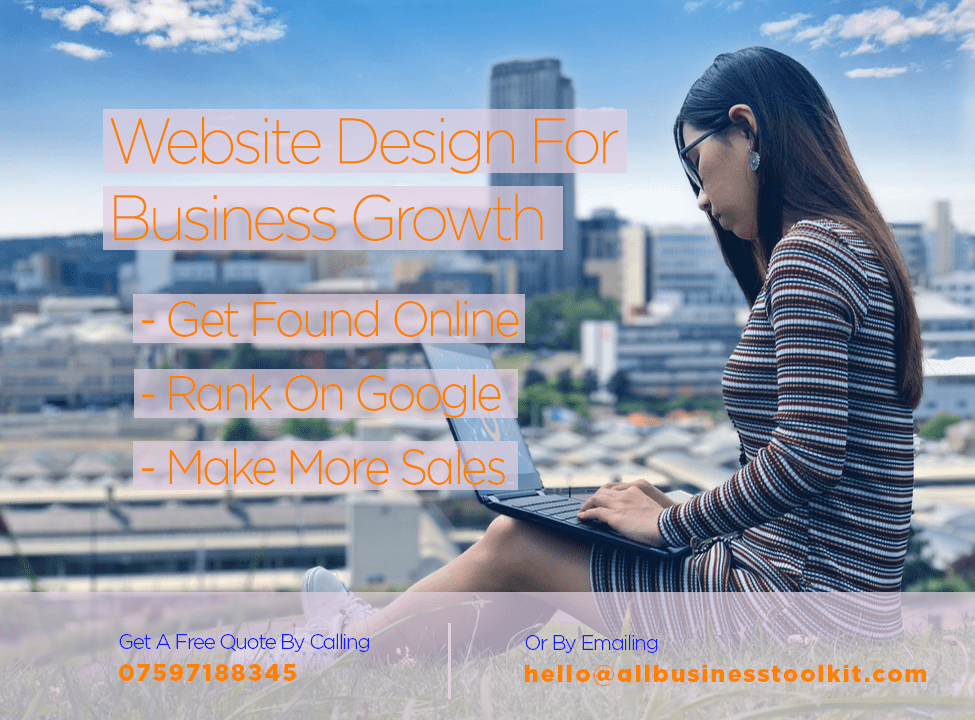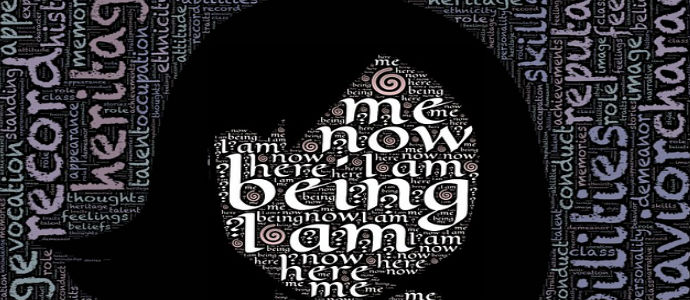Having a distinctive brand identity is a key success factor for your business to win in competing markets. If you are told brand identity is just creating a logos and a tag line for your business then you have been misinformed. But, what exactly is brand identity? And, what does it have to do with your business?
What is brand identity? Brand identity is the beliefs and personality people form from the actions you make and the group of people you associate yourselves with.
In this article, we discuss what the importance of brand identity is, and that once done correctly it can boost the success of your business.
1. What Is Brand Identity?
Brand Identity is the perceived image of your business. People’s perceived image is that based on opinion about who your business is, and what your business does. We create brand identity through a unique set of brand associations.
There are two attributes of a brand identity where people form their opinions of your brand image. If marketers want to control brand identity then they first need to understand what these two attributes are. The two brand identity attributes are broken down into the managerial attributes and the stakeholder attributes.
2. Why Is Brand Identity Important?
Brand identity is important because it is what forms people’s opinions. The identity of the brand is where people’s perceptions latch onto. Moreover, it is the part of the brand people recall. Being able to recall a brand under specific circumstances is pivotal in a brands success. This is because if people are able to remember you they will find themselves wanting to purchase your product from some dissatisfaction they have.
People experience dissatisfaction hundreds of times in their day. Maybe you have a cold, or you are hungry. It is important to make people think of your brand when they are hungry because it is your product they will buy. In turn, this also helps the audience differentiate you from your competitors that can positively influence peoples purchasing decisions, directly affecting your profitability.
3. Tangible Attributes Of Brand Identity
Traditionally, the definition of brand identity is concrete and tangible attributes. By this, we mean through designs, logos and tag lines that people can see. These are managerial attributes because the management department and marketing team form these designs based on their target customer profiles.
I like to refer to managerial attributes as the physical side of a brand because it is a set of associations developed through brand image. By this, we mean how it appears in bodily form. However, by focusing on this as a set of brand identity is only the tip of the iceberg.
Just like humans, we have a whole other side to us than what we look like, hence the phrase ‘do not judge a book by its cover’. This phrase applies to our psychological thinking in brand identity.
4. None-Tangible Attributes Of Brand Identity
After, academics jump into the topic they soon found that the idea of brand identity was a lot more than just tangible attributes, as described by managerial practices. They soon discovered that there are none-tangible attributes of brand identity. This is includes stakeholder involvement which is described how the business act and do business in the real world.
This means depending how your forms their raw materials into value can change the way people think about you over time. Academics call this idea the concept of co-creation. The concept of co-creation is a view by which firms and consumers collaborate and participate in value creation. Overall, the process businesses use to transform raw material into value is by stakeholder interactions. I like to think about the how the stakeholder interactions as the nonphysical side of a business.
This is because whom you hang with and how you treat people in the world around you form your personality in the eyes of other people. Therefore, I think it is important to think about brand identity as nonphysical because a business interaction form part of brand personality.
5. Psychological Aspects Of Brand Identity
The tangible attributes of brand identity are static elements of the brand, created by managers to form a business physical appearance, such as business name, logo and tagline. We say they are static because people’s opinions do not change. The none-tangible attributes of brand identity is from the stakeholder perspective. We refer stakeholders as people who are internal and external to the business such as employees, individual consumers and communities all contribute in building a brands identity.
This part of the brand is socially constructed through complex networks interactions between the business and stakeholders. The type of people your business associates with socially constructs the none-tangible attributes. Basically, who you “hangout” with frames your perceived brand identity. If you hang with bad people, then these people will form the opinion that you are a bad person.
This is what we mean by a brand identity is socially constructed. The dilemma is that every business has to include people to create its products. These people may be complementary or contradictory the intended brand identity. This makes none-tangible aspects of a business dynamic. This is because people opinions can change over time, depending how to choose to approach the world, or communities you engage with.
This can result in a complicated nested system of identities that can be perceived positively with one group of customer and negatively with others. However, as a business you need to ensure your brand identity matches the perception of your target audience.
6. Example Of Psychological Aspects
I will give an example of none-tangible attributes, of a consumer-based stakeholder and business operations.
Consumer-based stakeholder
As a child, Burberry was a personal favourite brand of mine. I loved the style and the image of the brand. However, later on a specific type of person started to wear this brand. These people are referred to in England as Chavs, and they are more formally known as people that loiter on the streets and do bad things. The identity of this particular consumer actually imprinted itself onto my perception of the brand identity.
I would choose not to wear this brand because i didn’t want to be seen as a “chav”. As a result, the identity of the consumer affected my perception of the Burberry brand identity. Personally, I do not think Burberry wanted people to be perceive it this way. This is why they are repositioning themselves as luxury brand.
Business operations
In 1992, the Coop Bank conducted market research to understand why people shop there. The results showed it was because they had no direct relationship with apartheid South Africa. People were choosing Coop over its competitors because of their ethical behaviour. Once coop went to embody this image massively boosts revenue.
This is because people want to be a part of the solution, not the problem. This is essential to ingrain in every businesses brand identity. This particular example also is part of ethical marketing. Ethical marketing reaps other rewards for a business such as increase productivity.
Find out more by clicking here…
Conclusion
We define brand identity as a continually evolving constellation of meanings, constructed through a dialectical process among a multitude of stakeholders in relation to their individual and collective identities. When making a brand identity you need to think of both the managerial side, stakeholder side and anyone you associate with.
By focusing on just the managerial side, you assume a brand identity is static. This means people’s perceptions cannot change over time. However, we all know this not to be correct, as our opinions of people change over time depending how a business treats us and how they approach the world. If they approach the world unethically, we would make a snap judgement that this person is not the nice person we though they were, and our opinion will change.
This makes it imperative to ensure we include the stakeholder side of a business also. How we do business and the people we hire and collaborate with form our identity. This is because the people and actions your business is involved with at any level form the associated brand identity.





